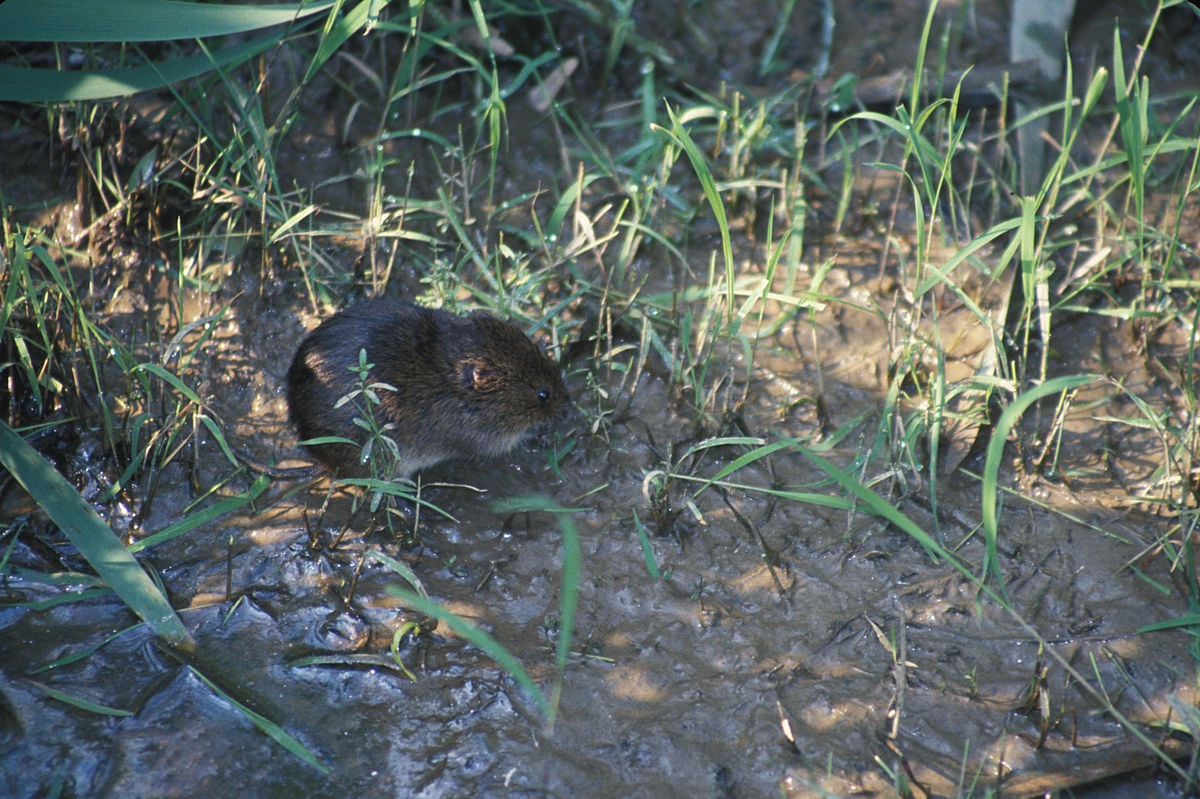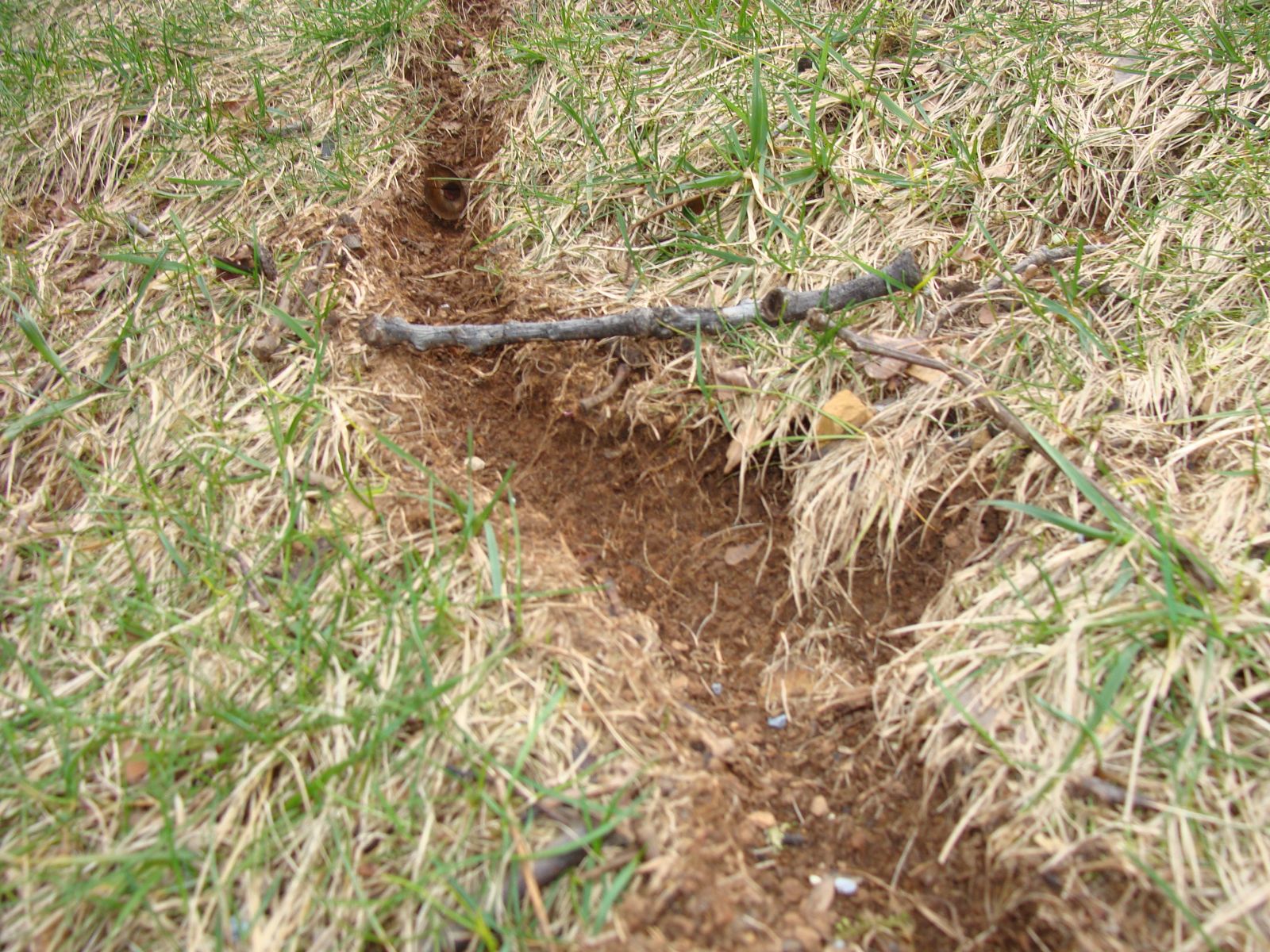Professional Vole Control Services: Utah's Relied on Service
Professional Vole Control Services: Utah's Relied on Service
Blog Article
The Ultimate Manual for Vole Bug Control: Specialist Tips on Problem Administration and Therapy
Within the realm of bug control, vole invasions offer an one-of-a-kind difficulty that requires a tactical method. As we dig right into the intricate globe of taking care of vole invasions, a riches of professional suggestions and treatment options waits for those looking to recover their areas from these consistent insects.
Recognizing Vole Infestations
When evaluating for vole infestations, keen observation of specific indications such as paths and tunnel systems is vital for exact recognition. Voles, tiny rats looking like computer mice, are recognized for the extensive network of surface area paths they produce in turf or mulch. These runways typically have a size of concerning 2 inches and are kept clear of particles by the voles' constant usage. In addition, vole burrow systems are an additional crucial sign of invasion. These burrow entries are approximately 1.5 inches in diameter and result in shallow tunnels that house nests and provide protection for the voles.

Prevention Techniques for Voles
Effective avoidance techniques for vole problems entail implementing proactive steps to prevent these tiny rodents from triggering damage to outdoor spaces. Additionally, routinely trimming the lawn and keeping grass trimmed short can dissuade voles from establishing nests.

Moreover, keeping a well-kept yard with correct spacing in between plants can assist decrease vole-friendly environments. Stay clear of overwatering your grass or garden beds, as voles are drawn in to wet settings. By implementing these avoidance techniques, you can properly discourage voles and guard your outside spaces from problems.
Effective Trapping Methods
Executing tactical trapping methods is important in successfully taking care of vole populaces and minimizing damages to exterior spaces. These traps must be examined frequently and reset as needed to ensure constant vole control. By utilizing a combination of breeze traps and live traps strategically, house owners can efficiently decrease vole populations and secure their outdoor spaces from additional damages.
All-natural and Chemical Treatment Options
To effectively take care of vole populaces and alleviate damages in outdoor environments, discovering chemical and natural therapy choices is essential. Natural treatments offer ecologically pleasant services that can help manage vole problems without causing damage to various other wild animals or plants.
Rodenticides containing zinc phosphide or anticoagulants like bromadiolone can be purposefully positioned in vole paths or burrow entrances. By combining chemical and natural therapy alternatives carefully, vole infestations can be managed properly while minimizing environmental impact.
Keeping a Vole-Free Setting

Executing all-natural vole repellents like castor oil-based items or killer urine can additionally help in hindering voles from attacking Go Here your residential property. These repellents function by developing an unfavorable environment for voles, urging them to seek sanctuary in other places. By incorporating these preventative procedures and preserving Web Site a vigilant method to vole control, you can create a vole-free atmosphere that discourages infestations and advertises long-term pest administration success.
Final Thought
Finally, effective vole insect control calls for a mix of recognizing invasions, implementing avoidance approaches, utilizing efficient trapping techniques, and taking into consideration natural or chemical therapy choices. By maintaining a vole-free atmosphere via these techniques, homeowners can efficiently minimize and take care of vole populations on their residential or commercial property - vole control utah. It is very important to constantly monitor for indications of problem and take aggressive actions to stop future vole troubles
By accurately determining vole invasions early on, proper insect control steps can be applied promptly to alleviate possible damages to yards, yards, and plants.
Having established strategies to attend to vole invasions via chemical and all-natural treatments, the focus currently changes to preserving a vole-free atmosphere for long-lasting pest control.Carrying out natural vole repellents like castor oil-based items or killer urine can also aid in preventing voles from attacking your home. By integrating these click over here preventive measures and maintaining a cautious strategy to vole control, you can produce a vole-free environment that discourages infestations and promotes long-term parasite monitoring success.
In final thought, effective vole parasite control needs a mix of identifying invasions, applying avoidance methods, making use of reliable trapping methods, and thinking about chemical or natural therapy alternatives.
Report this page